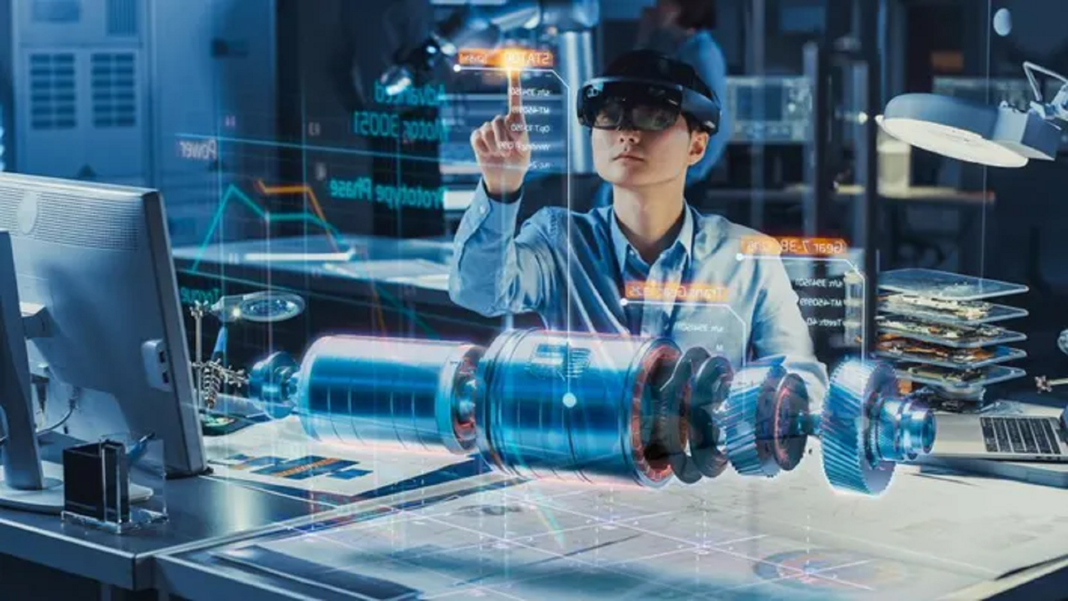Virtual Reality (VR) and Augmented Reality (AR) are two transformative technologies that are revolutionizing industries and changing the way we experience the world. While both VR and AR offer immersive experiences, they differ in their approach and applications.
Virtual Reality creates a simulated environment that immerses users in a digital world. By wearing a VR headset, users can be transported to virtual realms, interacting with computer-generated environments and objects. VR has made significant advancements in gaming and entertainment, providing users with an unparalleled level of immersion and interactivity.
Augmented Reality, on the other hand, overlays digital information onto the real world, enhancing our perception and interaction with the environment. AR technology is typically accessed through smartphones, tablets, or specialized glasses, allowing users to see digital content integrated with their physical surroundings. AR has found applications in fields such as education, retail, healthcare, and architecture, offering enhanced visualization, information, and interactive experiences.
The impact of VR and AR extends beyond entertainment and gaming. In the education sector, VR and AR are revolutionizing the way students learn, providing immersive and interactive educational experiences. From virtual field trips to historical reconstructions, these technologies bring learning to life, engaging students and improving comprehension.
In the healthcare industry, VR and AR are being used for medical training, allowing practitioners to practice complex procedures in a safe and controlled virtual environment. AR is also being utilized in surgical procedures, providing real-time information and guidance to surgeons, improving accuracy and patient outcomes.
Retailers are leveraging AR to enhance the shopping experience by enabling customers to virtually try on clothes, visualize furniture in their homes, or even test cosmetic products. This technology bridges the gap between the physical and digital worlds, providing customers with a more interactive and personalized shopping experience.
VR and AR are also making strides in the architecture and design fields. Architects can use VR to create immersive virtual walkthroughs of their designs, allowing clients to experience spaces before they are built. AR can assist in visualizing how new structures will integrate into existing environments, aiding in the design and planning process.
Other industries, such as tourism, manufacturing, and military training, are also embracing VR and AR technologies to improve productivity, enhance safety, and provide realistic simulations.
VR and AR are transforming industries and experiences by offering immersive and interactive digital environments. These technologies have the potential to revolutionize various sectors, from education and healthcare to retail and architecture. As VR and AR continue to evolve and become more accessible, we can expect to see further innovations and applications that will shape the way we live, work, and interact with our surroundings.

